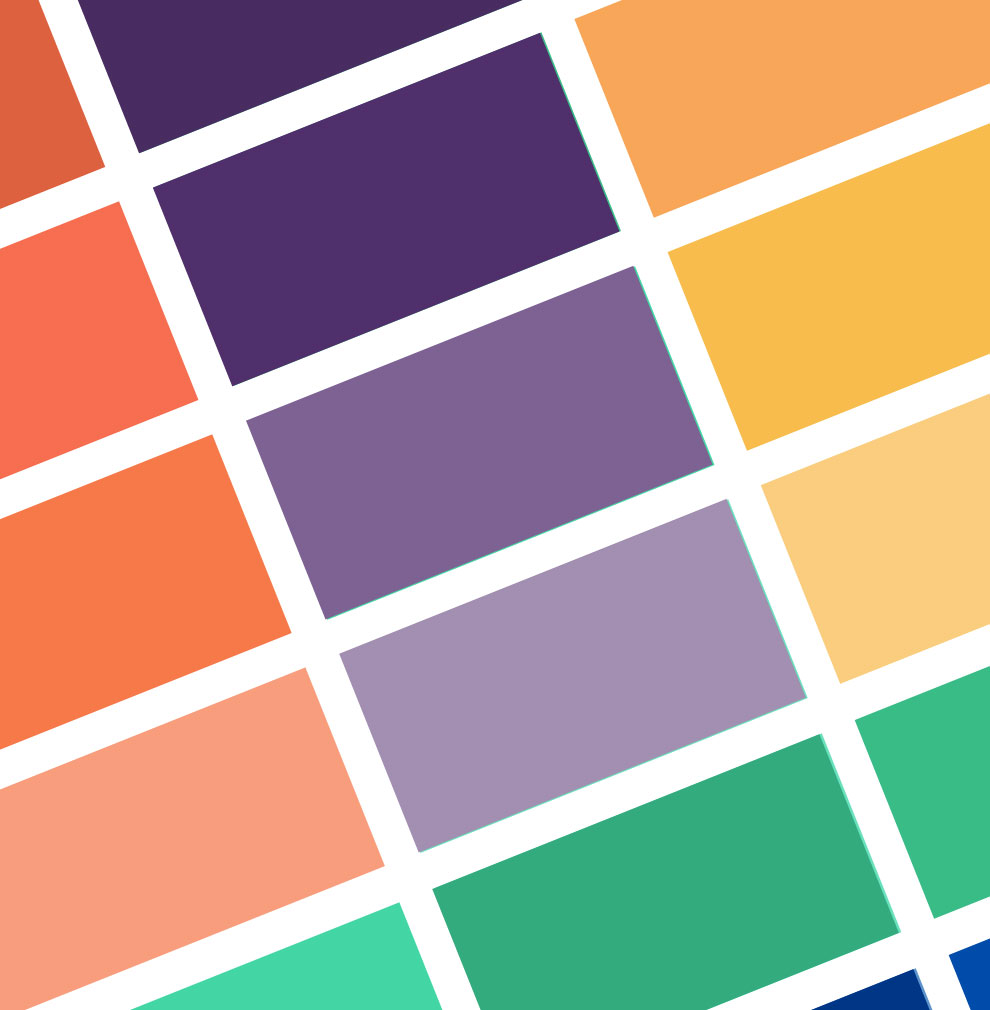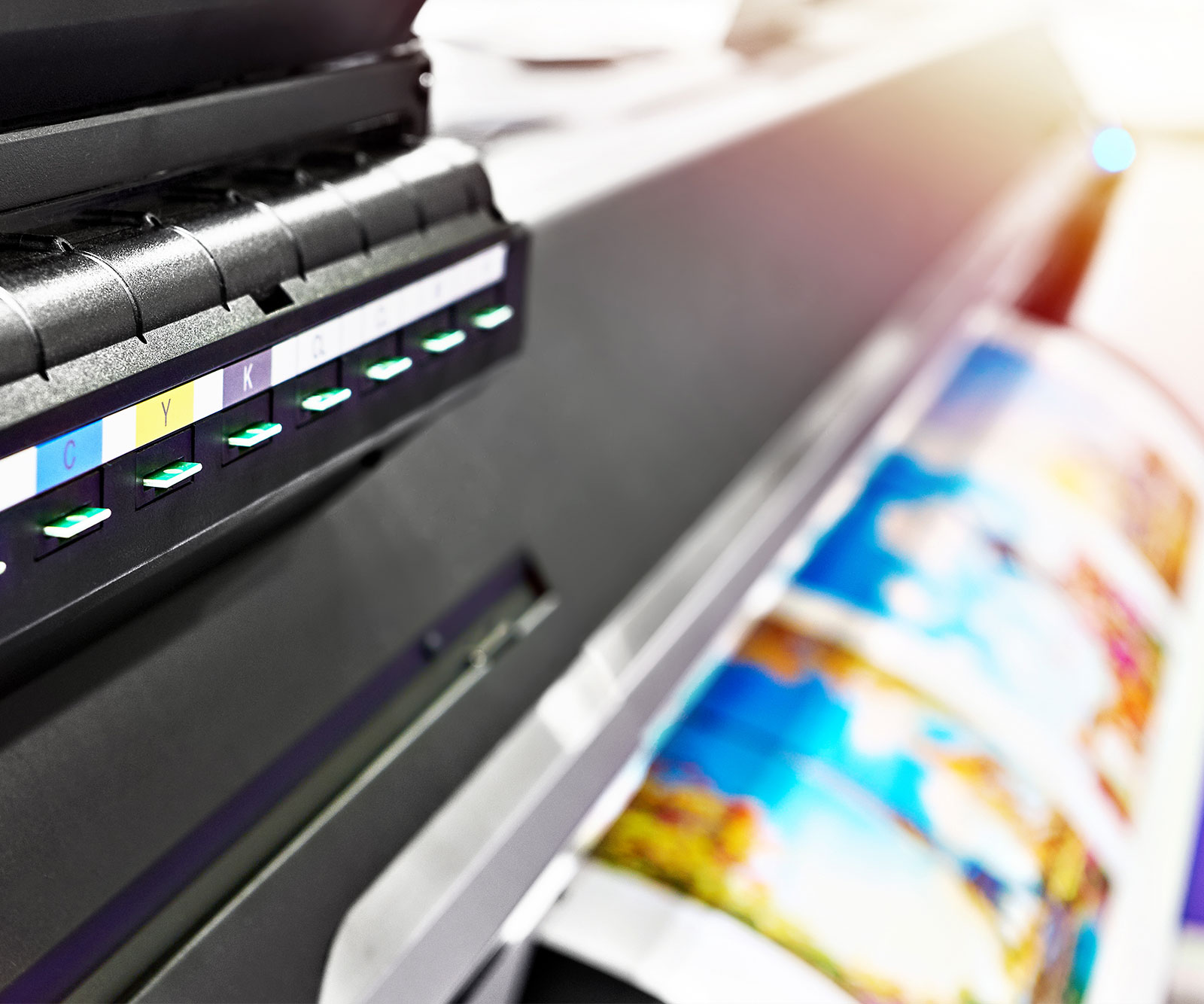If you're wondering whether your customers appreciate your communications, the good news is that they do. They want to hear from you. However, there's some not-so-good news: they think your communications could be more engaging.
That's where color comes in. The right use of color in customer communications can increase the reader's attention and encourage them to take the desired action.

Using color in customer communications
Color is powerful. When we see red, we automatically associate it with danger. When we see blue, we feel calmer.
Here are a few statistics about the use of color and its impact:
- Research shows that color increases brand recognition by 80%.
- Color can improve readership by 40%, and it can improve the ability to learn by 55 - 78%.
- Color can improve comprehension by 73%.
- Ads in color are read 42% more often than the same ad in black and white.
- Tests indicate that a black and white image may sustain interest for less than two-thirds of a second, while a colored image may hold the attention for two seconds or more.
How can you use color in your customer communications to grab and hold audience attention? You have several opportunities.
Your masthead
Your customers recognize your brand colors. By using them in your masthead, you reinforce that this communication comes from your organization, their trusted financial institution. Your customers feel confident that the communication is official, and the information you're sharing is reliable and true.
Using color to create hierarchies of information
You can also use colored text to create hierarchies of information. When the reader sees colored text, they know it's important. In this case, color organizes and segments information for the reader, making it easier for them to understand.
Shading is another way to create information hierarchies. Shaded boxes help “fence” messages in so that the content can be ingested as a single topic or thought. This assists the reader in comprehension when they skim the material.
Highlighting important information
If there are steps or actions you want your customers to take, highlight them in color. The right color will draw the eye (and by extension, the reader's attention) to the spot, so the reader knows what to do next.
Which colors should a brand use?
To foster brand recognition, use your brand colors in places like the masthead and footers.
If you want readers to do something specific (like pay a bill or log into an account), warm colors such as orange attract attention. However, use orange sparingly – too much of it is overwhelming.
Research shows blue is a great color for learning challenging information. That being said, it's better to stick to lighter shades of blue, which come across as friendlier; darker blues are seen as somber.

Isn't color printing more expensive?
Yes, printing in color has a higher upfront cost than printing in black and white.
But take a moment to think about what you're spending on sending multiple copies of the same communication because the customer didn't act the first time. Postage is usually a higher cost than the print cost – why spend more on sending a communication if you don't have to?
When you print in color the first time, you grab and hold the customer's attention. They understand there's an action they need to take and that it's time sensitive. Instead of ignoring your communication, they'll act faster, so you don't need to notify them repeatedly, which saves you time, effort, and money.
Color: a pillar of effective communication design
Color can be an extremely effective tool in customer engagement and comprehension. Using the right colors and the right amount of color can keep your business communications on the right track. To learn more about communication design best practices to enhance your customer relationship, contact Computershare.